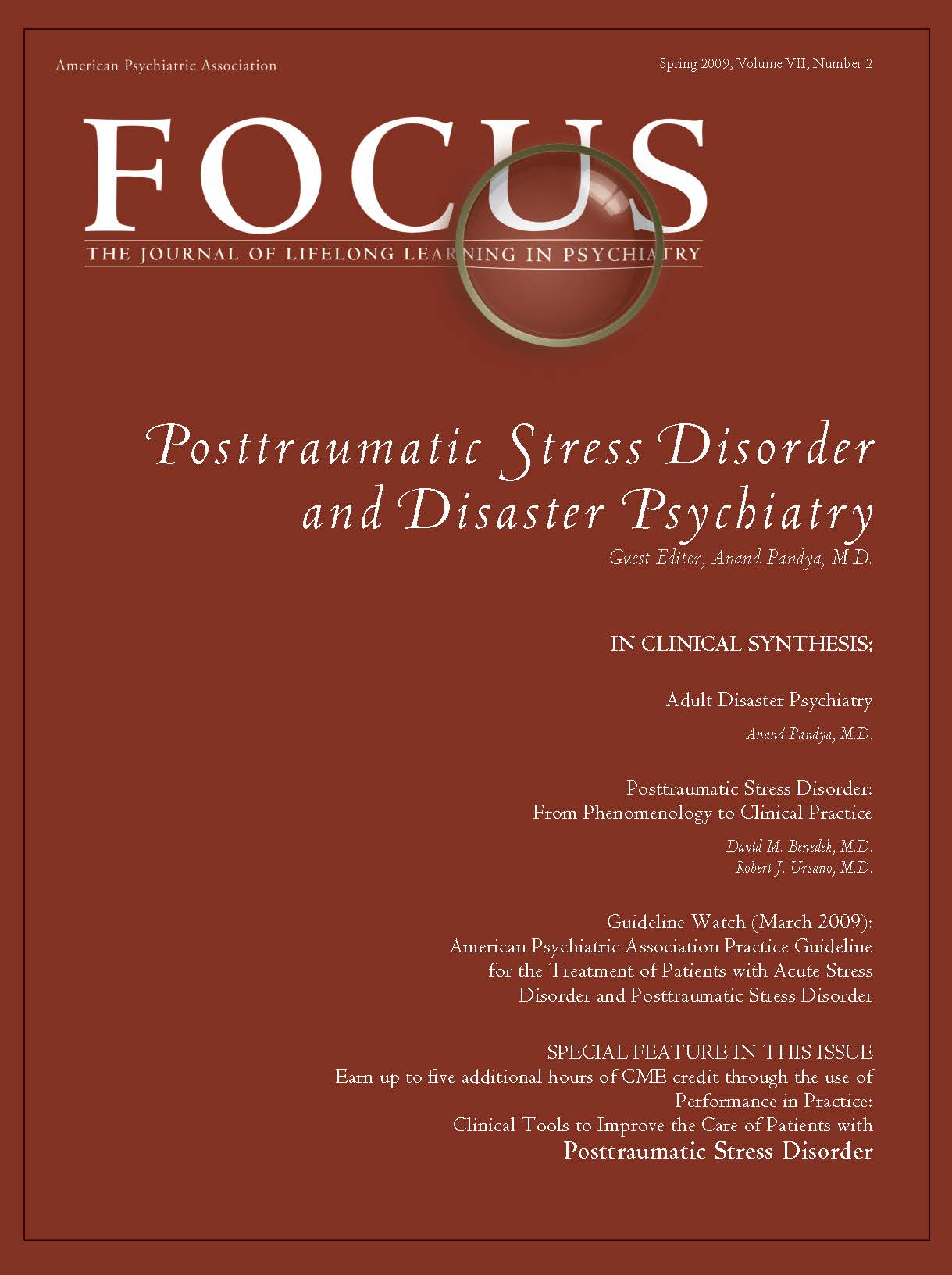Posttraumatic Stress Disorder: A State-of-the-Science Review
Abstract
This article reviews the state-of-the-art research in posttraumatic stress disorder (PTSD) from several perspectives: (1) Sex differences: PTSD is more frequent among women, who tend to have different types of precipitating traumas and higher rates of comorbid panic disorder and agoraphobia than do men. (2) Risk and resilience: The presence of Group C symptoms after exposure to a disaster or act of terrorism may predict the development of PTSD as well as comorbid diagnoses. (3) Impact of trauma in early life: Persistent increases in CRF concentration are associated with early life trauma and PTSD, and may be reversed with paroxetine treatment. (4) Imaging studies: Intriguing findings in treated and untreated depressed patients may serve as a paradigm of failed brain adaptation to chronic emotional stress and anxiety disorders. (5) Neural circuits and memory: Hippocampal volume appears to be selectively decreased and hippocampal function impaired among PTSD patients. (6) Cognitive behavioral approaches: Prolonged exposure therapy, a readily disseminated treatment modality, is effective in modifying the negative cognitions that are frequent among PTSD patients. In the future, it would be useful to assess the validity of the PTSD construct, elucidate genetic and experiential contributing factors (and their complex interrelationships), clarify the mechanisms of action for different treatments used in PTSD, discover ways to predict which treatments (or treatment combinations) will be successful for a given individual, develop an operational definition of remission in PTSD, and explore ways to disseminate effective evidence-based treatments for this condition.
(Reprinted with permission from Journal of Psychiatric Research 2006; 40:1–21)



